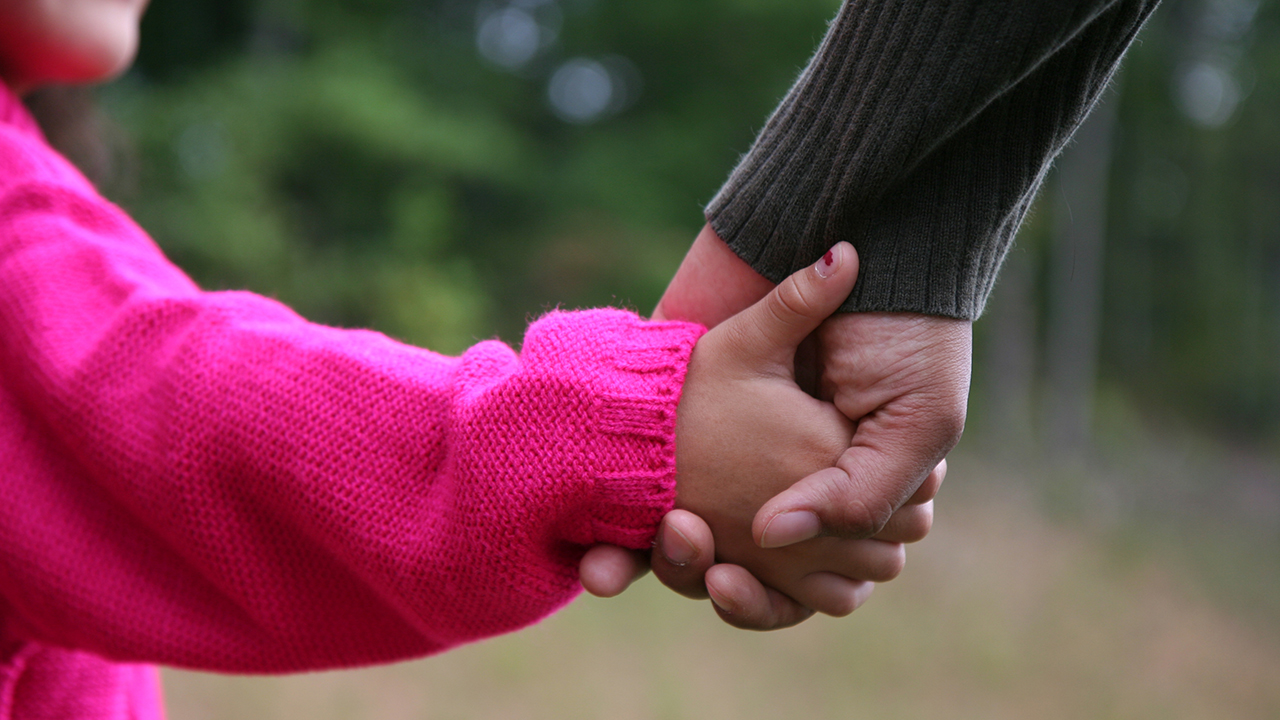Not long ago while I was driving with my children, a brief news report came on the radio. I can no longer remember the content of the report, whether it was describing the devastation wrought by Hurricane Maria in Puerto Rico or the aftermath of a mass shooting in Las Vegas, the threat of conflict with North Korea or wildfires raging through California. What I do remember is the question that my youngest child asked: “Dad, what’s the safest place in the world?” It was clear that safety was on her mind, and that whatever we were listening to on the radio was threatening that sense of safety.
At GDS, we work hard to provide a loving, consistent environment for our students. We want them to feel seen and known, cared for and safe. We know that children learn best when they don’t feel worried, when they have the freedom to be curious and they’re able to turn their full attention to new ideas and experiences.
In the first months of this school year, numerous events outside the walls of the school have challenged young people’s sense of safety. Open a newspaper or head into cyberspace and it is easy to identify ample cause for concern. It is perhaps unsurprising that teenagers in this country are experiencing anxiety and depression at unprecedented levels. College health services report an ever-growing challenge in treating the young people who arrive on campus with mental health challenges, both diagnosed and otherwise.
So where does anxiety come from? During most of human history, safety was defined physically, and survival meant the capacity to escape dangerous situations. However, the rush of adrenaline that proved helpful in running from a prehistoric predator turns out not to be nearly as helpful when processing an unsettling news story or when preparing for a big test. And so, while anxiety serves an evolutionary purpose, it sometimes gets triggered in moments where there is no real danger, and yet our body and mind still needs to cope with the chemical reactions taking place in our body.
As parents, what steps can we take to help children develop confidence and resilience in an increasingly anxious world? There is no silver bullet answer for this. However, the following ideas might prove helpful:
Listen: Parents can offer a range of responses when a child comes home with a worry or hurt. One can be to minimize the concern. “That’s not a big deal,” or “why would you worry about that?” For a child, a parent’s dismissal of a concern doesn’t dissipate it—it simply drives it underground. Oftentimes children (like adults) just want to be heard. A parent can be helpful in reflecting back what the child has said, i.e., “It sounds like you’re worried about tomorrow’s game, is that right?” or even, “Wow, that sounds like a lot.” Externalizing a worry means that the child no longer needs to carry it by herself.
Provide them with Agency: As parents, we are biologically wired to try to prevent our children’s suffering. Presented with a child’s worry, our first instinct can be to offer a solution. While providing a solution may provide short-term relief, the long-term impact is often less positive. A child who grows accustomed to having a parent intervene on his behalf begins to believe that he’s not capable of acting on his own, feeding both anxiety and dependence. Often whatever a child is struggling with is far less important than the experience of confronting a challenging and persevering through it.
Reframe: One of the most important ways parents can support their children when they struggle is by providing an alternate narrative. Children look to their parents to make sense of their world and to understand what is happening to them. This is perhaps most obvious after a toddler falls running on the sidewalk and then turns to her parent to see whether she’s hurt. If the parent gasps and looks frightened, the child will often cry. If the parent smiles and says, “that’s OK!” the toddler will get up and keep going.
This same power to frame experience remains true for children as they move into adolescence. A child may come home with a story of being excluded during lunch. “What did you do ?” asks the parent.
“I found other kids to hang out with,” the child replies.
“That sounds like a great strategy!” affirms the parent. “You handled that beautifully.”
In that brief exchange, the parent has resisted the opportunity to make the child a victim and rather argued for his competence and ability to navigate a difficult situation. The child will carry this same sense of internal capacity into his next challenging interaction.
Establish Routines: While unanticipated challenges can be a source of anxiety, routines serve as an anchor. Routines needn’t be grand or complex to play an important role in a child’s life. A daily debriefing of the school day, family dinner, a chapter of a book before bed, reading the comics together on Sunday morning—whatever the routine, knowing what to expect can provide predictability and stability for children in what can often be an unpredictable world.
Limit Screen Time: Our infatuation with our screens has changed the way that we engage the world, and this is particularly true of adolescents. Many young people check their smartphones constantly, whether at meals, when doing homework, or even in bed. Current research reveals that for each hour of teenage homework, 20 minutes is typically spent distracted by technology. Even the 40 minutes of non-distracted time is suboptimal, as frequent distractions make it difficult to achieve the deep concentration that is necessary for a particularly challenging math problem or English essay.
Social media can also feed anxiety by creating an impossible set of comparisons between a teen’s own life and the curated lives of peers that manifest on her screen. This can lead to a cycle of isolation and worry, and a lack of direct engagement with others.
Household rules around technology can serve as a helpful counterbalance. Creating technology-free zones or times (i.e., no phones at meals or no phones in bed) will help adolescents impose discipline and build stamina for “unconnected” time. To make these rules truly credible, parents are strongly encouraged to abide by them as well. The Smart Talk is a terrific resource for supporting family conversations around technology use.
While our children have us and our hard won wisdom to guide them, we have only ourselves. I am grateful, then, for your partnership in helping young people develop the tools to confront challenges and manage anxiety—tools that will serve them well both in school and beyond.


